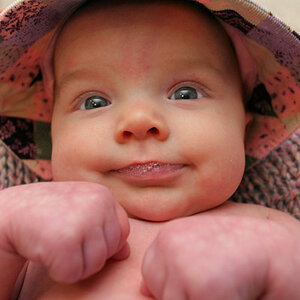Thru_These_Eyes
TPF Noob!
- Joined
- Jun 11, 2007
- Messages
- 138
- Reaction score
- 0
- Location
- Ann Arbor, MI
- Can others edit my Photos
- Photos OK to edit
Does anyone have their own simplified version of their understanding of F-Stops? I get aperture, but the f-stops are really complicating me in my photography course. Help!!



 . I had to read #3 twice before I realized IQ was Image Quality, NOT Intelligence Quotient
. I had to read #3 twice before I realized IQ was Image Quality, NOT Intelligence Quotient 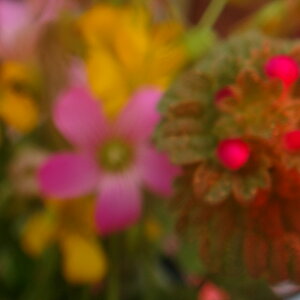
![[No title]](/data/xfmg/thumbnail/41/41780-5efe87aed04575de7c09b065d70763ae.jpg?1619739890)
![[No title]](/data/xfmg/thumbnail/35/35869-2e4166624c383d0d2dec81e5b0f6e5dd.jpg?1619737196)
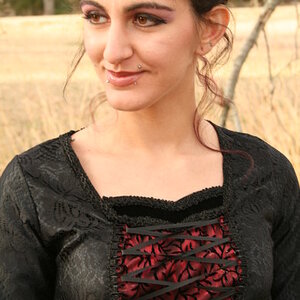
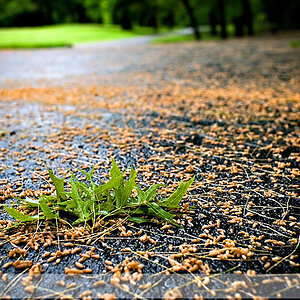
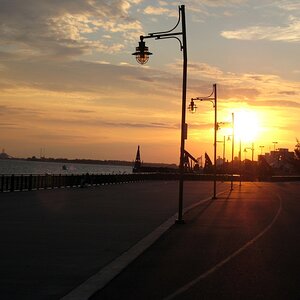
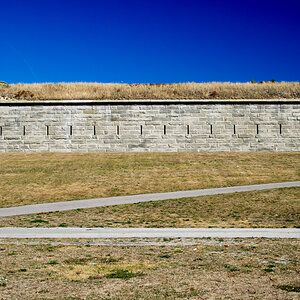
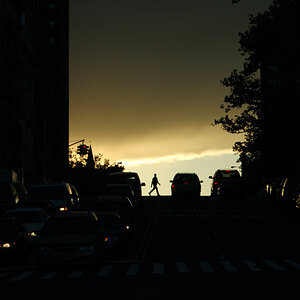
![[No title]](/data/xfmg/thumbnail/35/35868-15d995e4052bf05e2038e8b2a545a08f.jpg?1619737195)
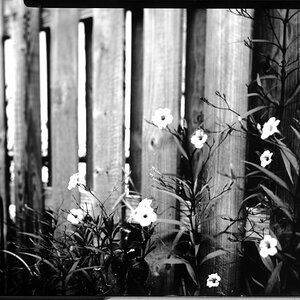
![[No title]](/data/xfmg/thumbnail/32/32162-dd2cfb373402c59de9c6f13cee73b0fb.jpg?1619735234)
